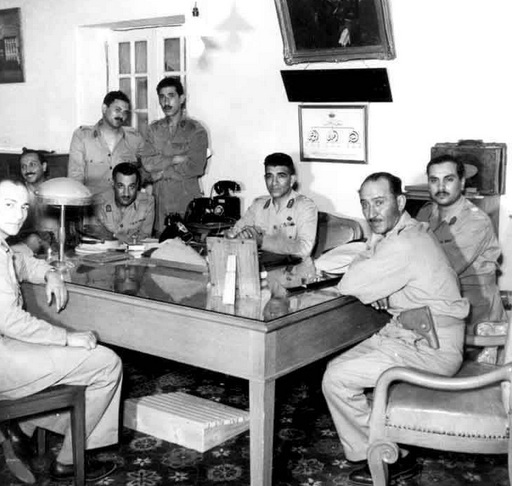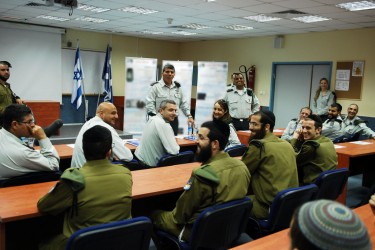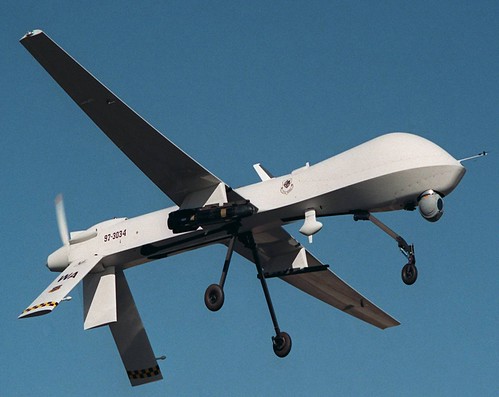
LONDON – Egypt’s crisis has been called the worst in its history. In fact, it bears a striking resemblance to a previous episode, almost 60 years ago.
On February 28, 1954, more than a 100,000 protesters besieged Cairo’s Abdin Palace, then being used by Gamal Abdel Nasser and other leaders of the July 1952 coup. The protesters’ main demands were the restoration of Egypt’s fragile democratic institutions, the release of political prisoners, and the army’s return to its barracks.
The two-month crisis of 1954 was sparked by the removal of Egypt’s president, General Mohammed Naguib, by Nasser and his faction. As in 2013, the Muslim Brotherhood was at the center of events, mobilizing on the side of the deposed Naguib. But, following Nasser’s promises to hold elections in June 1954 and to hand over power to civilians, one of the Brotherhood’s leaders, Abd al-Qadr Audeh, dismissed the protesters.




